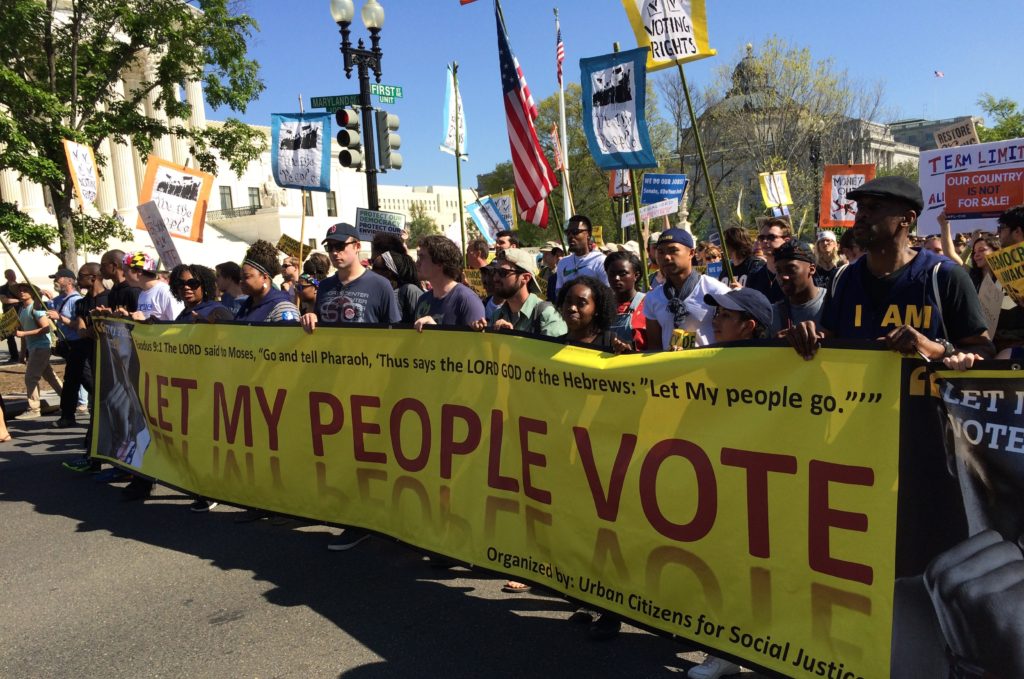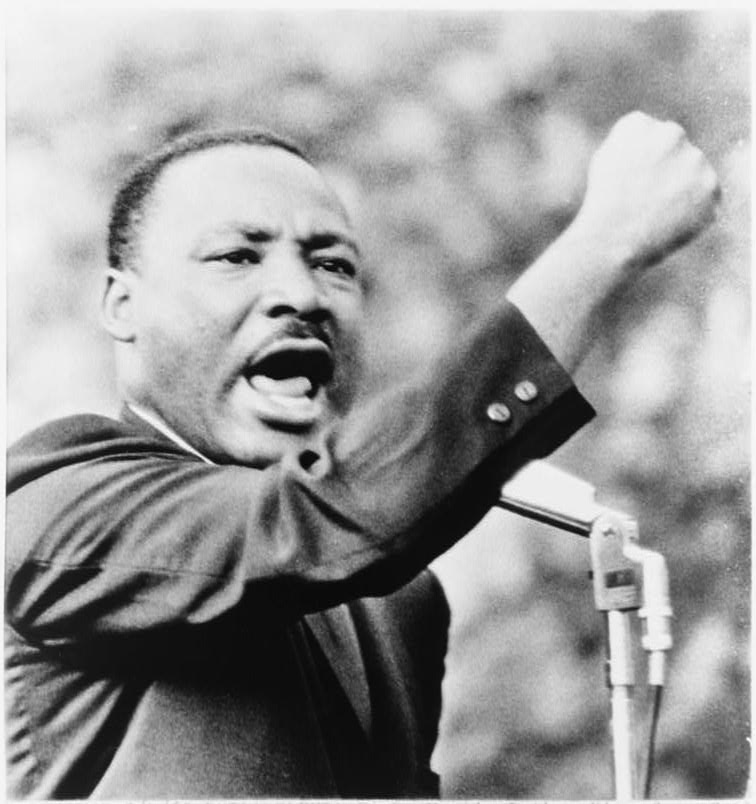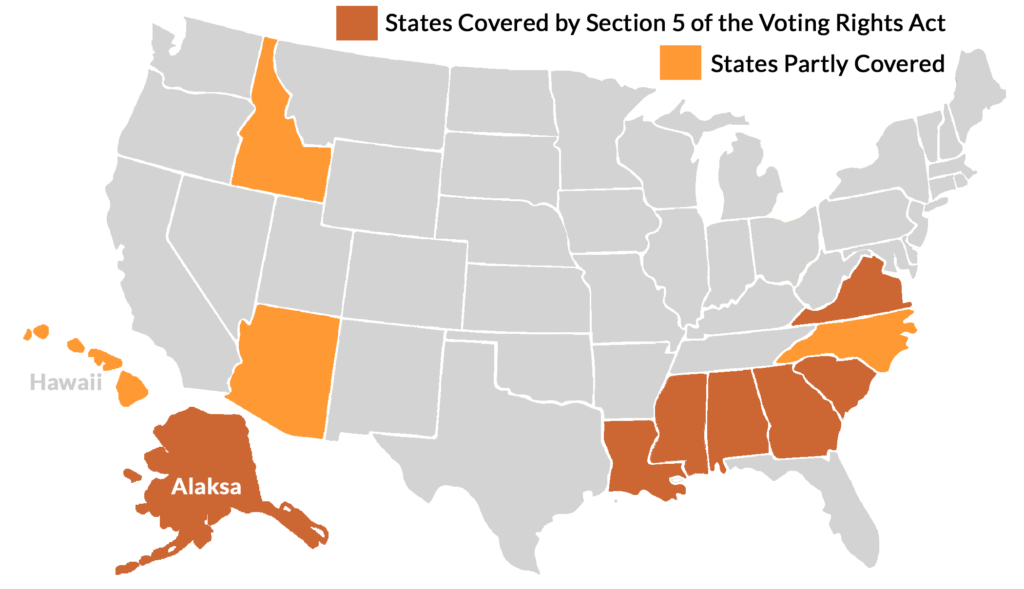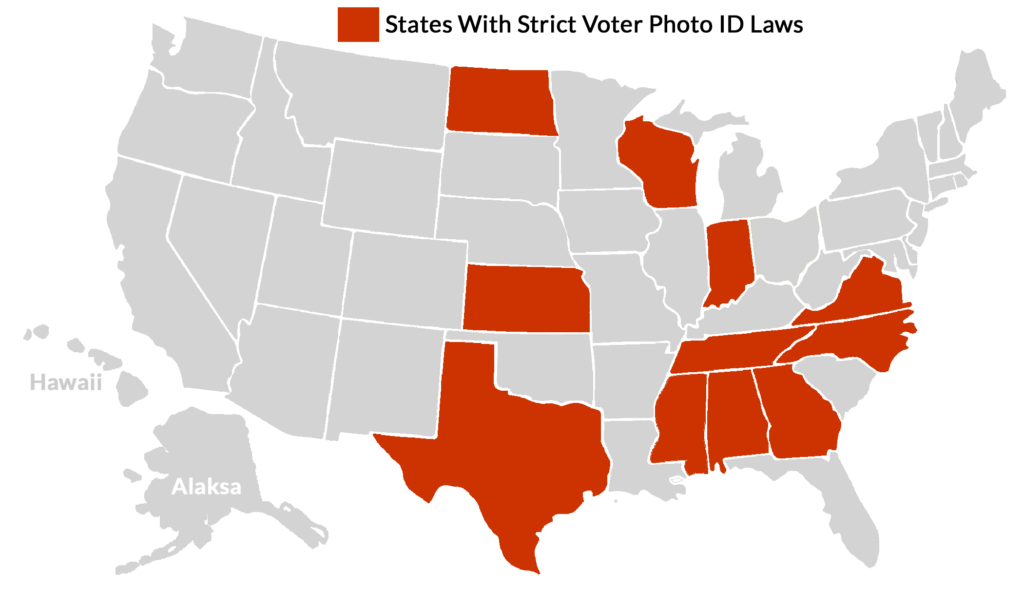 America’s March to Expand Voting Rights
America’s March to Expand Voting Rights
 America’s March to Expand Voting Rights
America’s March to Expand Voting RightsThe Battle against Vote Supression
We Americans like to think of our democracy as based on universal suffrage, but reality falls far short. The U.S. has a history of denying large segments of its population the right to vote. Both the Constitution and the Bill of Rights are silent about voting rights. That issue was left to the 13 original states and they restricted voting to white males, with eligibility based on property ownership or payment of taxes. Women, blacks and the poor were excluded.
More than two centuries later, America still has a huge voting gap and lower voter turnout than other advanced countries. In 2014, the U.S. Census Bureau reported that only 142 million of the 219 million eligible voting-age Americans were actually registered to vote. In a Census Bureau survey, 41.1 million people said they were not registered and another 37 million did not answer the registration question, leaving their registration status in doubt. The missing voters were disproportionately Asian and Hispanic, lower-income, poorly educated and young.

Washington – Democracy Spring protesters call for voting rights in march on Congress in April 2016. Image by Hedrick Smith.
“The way we register voters is antiquated and something of a shambles,” asserts Michael Waldman, President of New York University’s Brennan Center for Justice. “If the government automatically registered all eligible citizens, it would add up-to-50 million people to the rolls, permanently.”
“Many other countries automatically register voters,” observes political science professor Jim Moore of Pacific University in Oregon. “The U.S. system has always had voluntary hurdles to political participation. Remember, there is no constitutional right to vote – it is a privilege.”
Widening the Franchise for Blacks and Women
From the birth of our Republic, states have used gender, color, race, age and lack of property ownership as barriers to the ballot box, and as some legal restrictions were eased, states have imposed other obstacles, such as poll taxes, literacy tests and lengthy residence requirements, often administered with racial bias.
Before the Civil War, only five states, all in New England, extended equal voting rights to blacks. After the war, debate erupted over granting suffrage to freedmen. Republican majorities in Congress pushed through the Reconstruction Act of 1867 requiring southern states to approve a state constitution permitting blacks to vote, in order to rejoin the Union. By June 1868, seven states had complied with that demand.

Susan B. Anthony took to Congress an amendment that would give women the right to vote.
Definitive action came in 1870 – ratification of the 15th Amendment to the U.S. Constitution, which prohibits the denial of voting rights based on “race, color or previous condition of servitude.” But the amendment did not mention gender. It granted voting rights only to black males.
Organized agitation for women’s right to vote first surfaced with the Seneca Falls Convention in 1848, led by Elizabeth Cady Stanton. For the next several decades, most women activists shifted to the fight against slavery. But in the 1880s and 1890s, the women’s suffragette movement gained new force under the leadership of a new generation of women like Susan B. Anthony. Yet not until 1920, nearly 150 years after the nation’s founding, did women gain the right to vote through the 19th Amendment.
Protesters Target Voter Suppression
Despite the constitutional protections enacted after the Civil War, black voting was blocked for decades in the states of the old Confederacy and elsewhere by Jim Crow laws that not only imposed racial segregation in public institutions but disenfranchised blacks through poll taxes, literacy tests and residency requirements.

Martin Luther King Jr. took the case for black voting rights to President Johnson and the nation.
In the 1960s, civil rights organizations led by the Rev. Martin Luther King Jr. launched the first mass movement forcefully to challenge racist barriers to black voting and to turn the constitutional promise of the ballot into reality for blacks. King appealed to President Lyndon Johnson who voiced his support for black voting rights but told King that he needed the civil rights movement to engage in public protests to arouse public and congressional support for a new voting law.
King’s Southern Christian Leadership Conference and other black civil rights groups targeted Selma, Alabama, where blacks had long been required to take a complicated literacy test. In 1961, only 156 blacks had been able to register to vote out of an estimated 15,000 blacks – 56% of the total population – in Selma and surrounding Dallas County.
The Selma protests made little headway until March 7, 1965, when a march led by student activist and later Congressman John Lewis was violently broken up by Alabama state troopers, sheriff’s deputies and a white posse armed with clubs, bicycle chains, bullwhips and tear gas. With television cameras rolling, a police phalanx smashed into the head of the march, bludgeoning Lewis unconscious, sprawled on the pavement, and savaging scores of other marchers as they fled, in what became known as “Bloody Sunday.”
Congress – The Tide Turns
As a horrified nation watched on television, a growing chorus of politicians called for action. Johnson, invoking the protesters’ hymn, “We Shall Overcome,” made a moving appeal to Congress on voting rights. Senate Republicans, led by Minority Leader Everett Dirksen, helped northern Democrats break a southern filibuster, enabling Congress to pass the Voting Rights Act of 1965.
That law brought sweeping changes to expand the franchise in the Old Confederacy. It prohibited literacy tests and provided federal voter examiners who registered tens of thousands of blacks. Most importantly, Section 5 required six former Confederate states – Alabama, Georgia, Louisiana, Mississippi, South Carolina, and Virginia, plus Alaska and parts of Arizona, Hawaii, Idaho, and North Carolina – to submit any change in their election laws and procedures to the U.S. Department of Justice for pre-clearance, in order to prevent new techniques of voter suppression against either blacks or Native Americans.
 As Congress renewed the law in 1970 and again in 1975, it extended partial coverage to six more states and to language minorities, including Hispanics, Native Americans, Alaska Natives, and Asian Americans.
As Congress renewed the law in 1970 and again in 1975, it extended partial coverage to six more states and to language minorities, including Hispanics, Native Americans, Alaska Natives, and Asian Americans.
The 1965 Voting Rights Act had a powerful impact. Black voter registration soared, adding about a million new black voters in the Deep South within a few years. Further reforms fueled an increase in black representatives in both Congress and state legislatures.
From 1972 to 1992, the number of blacks in southern state legislatures jumped from 32 seats to 226. Some black civil rights leaders were elected to office, including John Lewis of the Student Nonviolent Coordinating Committee (SNCC), elected to Congress, and Andrew Young, a top aide to King, elected mayor of Atlanta. By 2015, Congress had one black senator and 18 black House members from Deep South states.
The Vote for 18-Year Olds
Over the past half-century, the last major change to expand the eligible American electorate was the push to lower the voting age from 21 to 18. That effort began after President Franklin Roosevelt lowered the minimum draft age to 18 during World War II. “Old enough to fight, old enough to vote” became the rallying cry of reformers.
But it was conscription during the Vietnam War that broke the dam and pushed Congress to adopt the 26th Amendment, which took force in 1971, granting the right to vote in state and federal elections to 18-year-olds.
History Suddenly Goes in Reverse
Today, the nation’s steady march toward a wider electorate has been stalled and even thrown into reverse by a rash of tough new photo voter ID laws adopted by 16 states operating under a pivotal Supreme Court ruling in 2013. That ruling killed Section 5 of the 1965 Voting Rights Act, the key provision that had required former Confederate states and parts of other states to get federal approval for changes in their election laws.
 As if anticipating that decision, Alabama, Georgia, Indiana, Kansas, Mississippi, Missouri, New Hampshire, Oklahoma, Pennsylvania, South Carolina, Tennessee, Texas, and Wisconsin, mostly with Republicans running the state, passed laws with strict photo ID requirements. Those laws were kept in check by the Justice Department, but after the court decision, they were quickly implemented.
As if anticipating that decision, Alabama, Georgia, Indiana, Kansas, Mississippi, Missouri, New Hampshire, Oklahoma, Pennsylvania, South Carolina, Tennessee, Texas, and Wisconsin, mostly with Republicans running the state, passed laws with strict photo ID requirements. Those laws were kept in check by the Justice Department, but after the court decision, they were quickly implemented.
On the heels of the high court ruling, four more states – Arkansas, North Carolina, North Dakota, and Virginia – passed similar laws. The photo laws immediately became embroiled in legal challenges and state courts in Arkansas, Missouri, and Pennsylvania struck them down, saying they imposed an unconstitutional burden on state voters. Oklahoma and South Carolina softened their laws, by adding loopholes for voters who were unable to obtain the required photo IDs.
But a battle royale has ensued in states like Alabama, North Carolina, Texas, Virginia, and Wisconsin. Voter advocacy groups have gone to federal court, charging that these laws illegally keep hundreds of thousands, perhaps millions, of eligible adults off the voter rolls and that fate falls disproportionately on poor, black, elderly, and student would-be voters. In fact, recent academic and government studies have shown that voter turnout has gone down after states imposed photo ID laws.
The New Crossfire – Open Up the Vote
But in the clashing crossfire of modern American politics, another band of states has moved sharply in the opposite direction, seeking to open up the vote. Fifteen states from Maine to Oregon and from West Virginia to California are pushing to expand access to voting by making voter registration easier through Motor Voter laws, Election Day registration, and online registration.

Michael Waldman of the Brennan Center for Justice. (CC) Center for American Progress
Other states, often with Democrats in charge of state government, seek to make voting easier through mail-in voting (Colorado, Oregon, and Washington) or easy rules for no-excuse absentee voting. A total of 37 states have created multiple days of early voting to ease the burdens on working families who have trouble working long hours and finding time to vote on Election Day.
In a political system awash with hundreds of millions of dollars in corporate and billionaire campaign spending, expanding the voting base has become an essential first step for reformers bent on revitalizing American democracy.
“The fight over voting is about some of the most basic things that people fight over: power, identity, the role of wealth versus popular sovereignty in the country,” says Michael Waldman, author of The Fight to Vote. “In the very beginning, in the Declaration of Independence, we proclaim that government is legitimate only if it rests on the ‘consent of the governed.’ How do we live up to that?”
Progress Report Success Story Additional Readings Organizations
 Hedrick Smith, who conceived this website and is its principal writer and architect, is a Pulitzer Prize-winning former New York Times reporter and Emmy award-winning documentary producer for PBS and PBS FRONTLINE.
Hedrick Smith, who conceived this website and is its principal writer and architect, is a Pulitzer Prize-winning former New York Times reporter and Emmy award-winning documentary producer for PBS and PBS FRONTLINE. 


